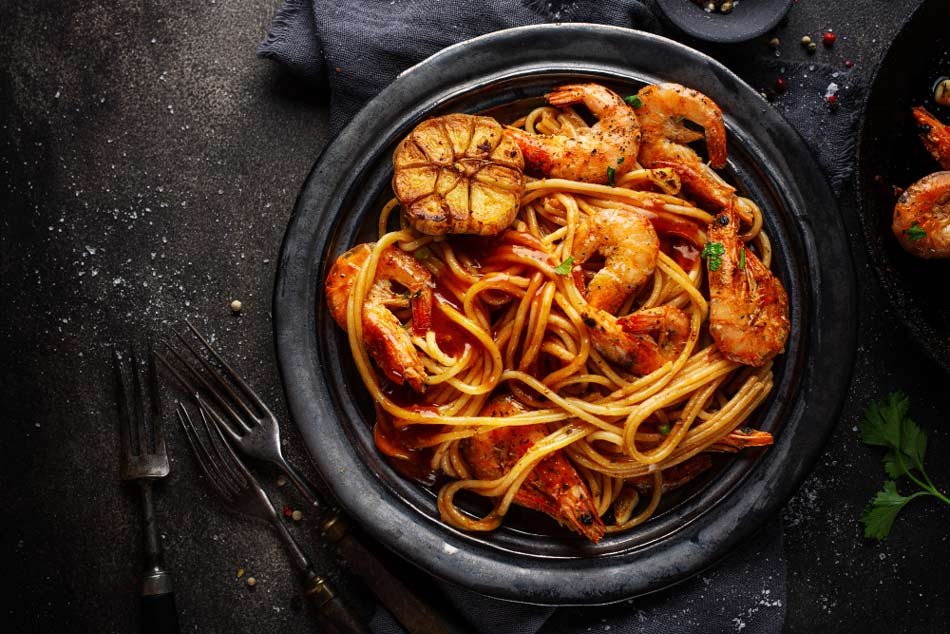World Pasta Day is an annual celebration that brings people from all around the globe together to honor and appreciate one of the most beloved culinary creations – pasta. This year, on October 25th, 2024, we will once again come together to celebrate the rich history, cultural diversity, and the undeniable love for pasta that unites us all.
History and Significance of World Pasta Day
World Pasta Day was first established by the International Pasta Organization (IPO) in 1995 as a way to promote and raise awareness about the universal appeal of pasta. This special day serves as a platform to celebrate the art of pasta-making, highlight its cultural heritage, and showcase the impact this humble staple has had on societies across the globe.
The history of pasta is extensive and goes back many years. Originating in Ancient Rome, it quickly gained popularity and spread throughout Europe and beyond. Today, pasta is enjoyed in countless forms and variations, each with its own unique flavors and traditions. World Pasta Day is a testament to the enduring legacy of this versatile and much-loved food.
📅 World Pasta Day Observances
| YEAR | DATE | DAY |
| 2023 | October 25 | Wednesday |
| 2024 | October 25 | Friday |
| 2025 | October 25 | Saturday |
| 2026 | October 25 | Sunday |
Fun Facts About Pasta
Did you know there are more than 600 varieties of pasta? From classic spaghetti and macaroni to lesser-known varieties like fusilli and farfalle, the world of pasta is diverse and ever-expanding. Italians, unsurprisingly, are the largest consumers of pasta, with an average of 23.5 kilograms per person per year. However, pasta has also found a special place in the hearts (and stomachs) of people from all corners of the globe.
Pasta is not only delicious but also incredibly versatile. It can be paired with various sauces, meats, and vegetables to create a wide range of mouthwatering dishes. Whether you prefer a simple tomato sauce or a complex carbonara, there is a pasta recipe out there to suit every palate.
Types of Pasta
There are numerous types of pasta from various cultures around the world, each with its unique shape, texture, and traditional uses. Here are some of the many types of pasta you can find:
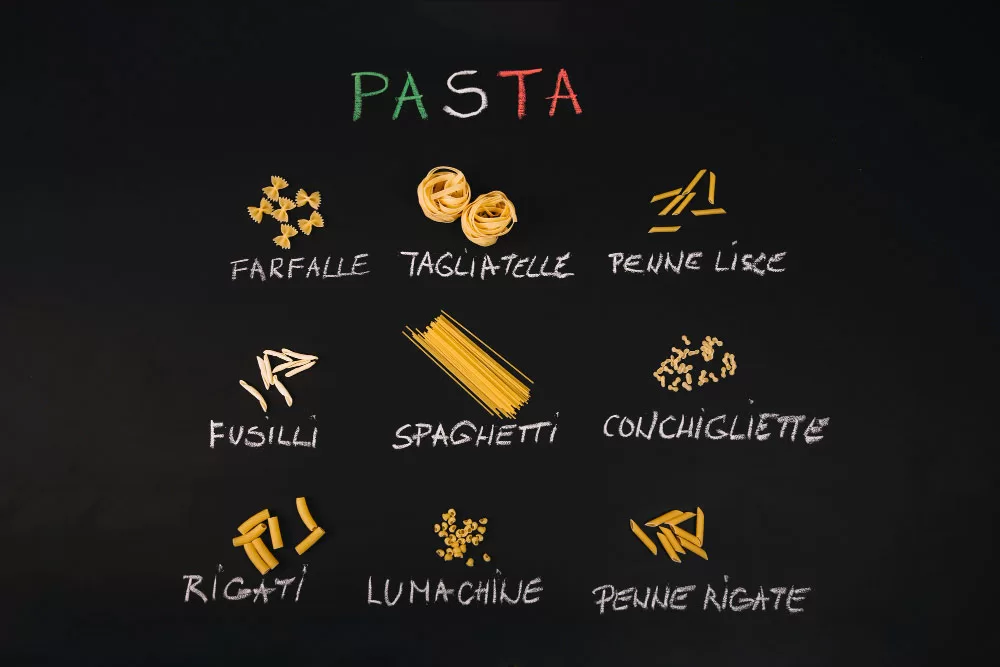
- Spaghetti: Long, thin cylindrical pasta, commonly served with various sauces.
- Fettuccine: Flat, wide ribbons of pasta, often served with creamy sauces.
- Penne: Short, cylindrical pasta with angled ends, ideal for capturing sauce.
- Rigatoni: Large, ridged pasta tubes, perfect for holding thick sauces.
- Farfalle: Bowtie-shaped pasta, great for salads and creamy sauces.
- Linguine: Similar to spaghetti but flatter, often served with seafood.
- Orzo: Small rice-shaped pasta, used in soups and salads.
- Orecchiette: Ear-shaped pasta, common in Southern Italy.
- Rotini: Corkscrew-shaped pasta, holding sauces well.
- Cavatappi: Spiral-shaped pasta, great for macaroni and cheese.
- Pappardelle: Wide, flat ribbons, often served with hearty meat sauces.
- Lasagna: Flat sheets of pasta, layered with sauce and cheese.
- Tortellini: Ring-shaped pasta filled with cheese, meat, or vegetables.
- Gnocchi: Small dumplings made from potato, flour, and sometimes ricotta.
- Ravioli: Small pasta parcels filled with various ingredients, such as cheese or meat.
- Tagliatelle: Long, flat, ribbon-like pasta, similar to fettuccine.
- Ziti: Medium-sized, hollow pasta tubes, often used in baked dishes.
- Bucatini: Thick spaghetti with a hollow center, ideal for hearty sauces.
- Cannelloni: Large pasta tubes, typically filled with ricotta and spinach.
- Conchiglie: Shell-shaped pasta, perfect for holding chunky sauces.
- Acini di Pepe: Tiny pasta beads used in soups and desserts.
- Campanelle: Bell-shaped pasta that catches sauces effectively.
- Fregola: Small, round pasta similar to couscous, common in Sardinian cuisine.
- Soba: Thin Japanese noodles made from buckwheat flour, served in soups or cold with dipping sauce.
- Udon: Thick Japanese wheat noodles, often used in hot soups.
- Ramen: Chinese-style wheat noodles used in soups and stir-fries.
- Pad Thai Noodles: Flat rice noodles are commonly used in Thai stir-fries.
- Vermicelli: Thin pasta is often used in Asian and Italian cuisines.
- Somen: Very thin Japanese wheat noodles, usually served cold.
- Shirataki: Japanese noodles made from konjac yam, low in calories and carbohydrates.
- Manti: Small dumplings, typically filled with spiced meat, popular in Central Asian and Turkish cuisines.
- Jiaozi: Chinese dumplings are often filled with a mixture of meat and vegetables.
- Pierogi: Eastern European dumplings filled with various ingredients like potatoes, cheese, or fruit.
- Lapsha: Wide, flat egg noodles popular in Russian and Central Asian cuisines.
These are just a few examples, and the world of pasta is incredibly diverse, with each type having its unique characteristics and regional significance. Pasta comes in many shapes and sizes, making it a versatile and beloved food around the world.
Celebrating World Pasta Day: Events and Activities
World Pasta Day is celebrated in different ways around the world. In Italy, the birthplace of pasta, festivities often include pasta-making competitions, culinary exhibitions, and tasting events. Other countries organize pasta-themed festivals, where both professionals and amateurs showcase their skills and creativity in preparing pasta dishes.
If you’re looking to celebrate World Pasta Day in your own kitchen, consider hosting a pasta night with friends or family. Encourage everyone to bring their favorite pasta recipe or try out something new together. It’s a fun and delicious way to bond over a shared love for pasta.
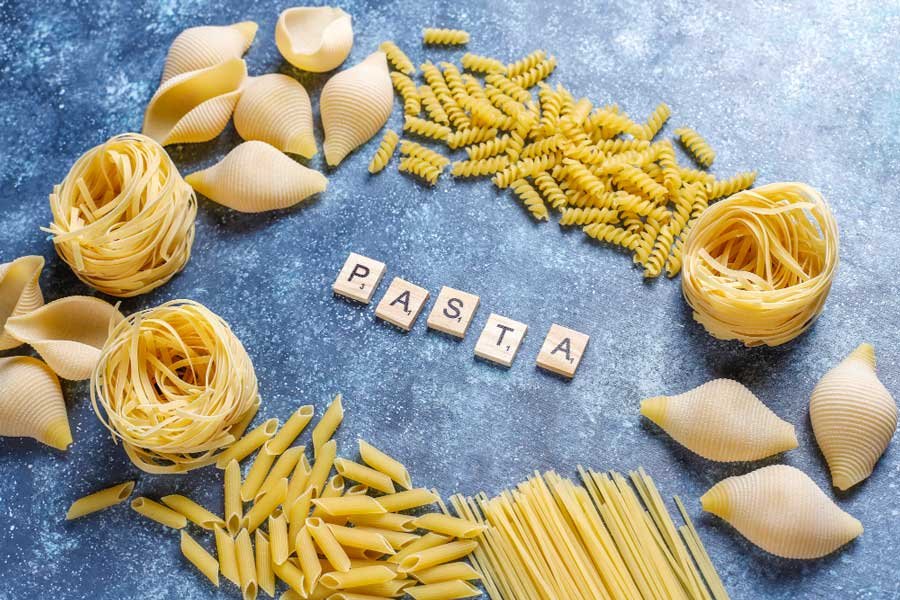
Pasta Recipes from Around the World
One of the most beautiful aspects of pasta is its ability to adapt to different culinary traditions. Let’s take a journey around the world and explore some unique pasta recipes from various countries:
1. Italy: No pasta exploration would be complete without mentioning Italy. From the classic Spaghetti Bolognese to the sophisticated Fettuccine Alfredo, Italian cuisine offers a myriad of pasta dishes that never fail to impress.
2. Japan: Japan has its own take on pasta with dishes like Yakisoba, which combines stir-fried noodles with a variety of vegetables and proteins. It’s a delicious fusion of Japanese and Italian flavors.
3. Mexico: In Mexico, pasta takes on a spicy twist. Try the rich and flavorful Chiles en Nogada Pasta, where pasta is tossed in a creamy walnut sauce and topped with pomegranate seeds and fresh herbs.
4. Thailand: Thai cuisine brings a burst of vibrant flavors to pasta. Pad Thai is a stir-fried noodle dish with tamarind sauce, peanuts, and lime, is a popular choice that showcases the harmonious blend of sweet, sour, and savory flavors.
These are just a few examples of the countless pasta recipes from around the world. Exploring different cuisines can open up a whole new world of flavors and culinary experiences.
Health Benefits of Pasta
Contrary to popular belief, pasta can be a part of a healthy and balanced diet. It contains plenty of carbs, which provide the body energy. Additionally, pasta is low in fat and sodium, making it a suitable choice for those watching their intake of these nutrients.
Whole wheat pasta, in particular, is a healthier alternative to traditional refined pasta. It contains more fiber, vitamins, and minerals, and has a lower glycemic index, which can help regulate blood pressure and sugar levels.
When enjoying pasta, it’s important to practice portion control and pair it with a variety of nutritious ingredients. Incorporating vegetables, lean proteins, and healthy fats into your pasta dishes can further enhance their nutritional value.
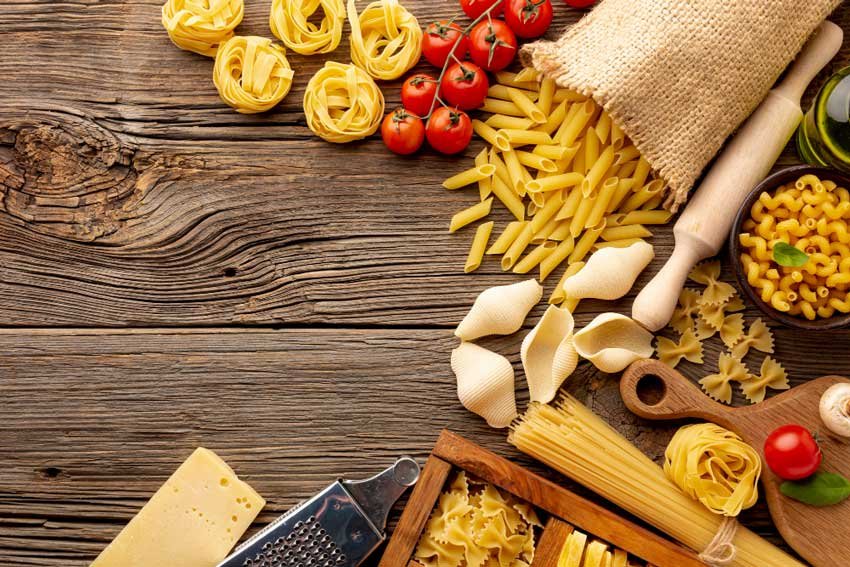
Promoting Sustainability in the Pasta Industry
As we celebrate World Pasta Day, it’s crucial to address the sustainability of the pasta industry. Sustainable practices in pasta production can help preserve the environment, support local communities, and ensure the longevity of this beloved food.
Many pasta manufacturers are actively striving to reduce their carbon footprint by implementing energy-efficient production methods, using renewable energy sources, and minimizing waste. Additionally, supporting small-scale and organic pasta producers can contribute to a more sustainable and diverse pasta industry.
By choosing sustainably sourced pasta and supporting companies that prioritize environmental and social responsibility, we can make a positive impact and help shape a more sustainable future for the pasta industry.
What to Expect in World Pasta Day?
World Pasta Day promises to be a grand celebration of everything pasta. From online events and cooking demonstrations to in-person gatherings and tastings, there will be something for everyone to enjoy. The International Pasta Organization will release a detailed program closer to the date, outlining the various activities and initiatives planned for this special day.
Whether you’re a pasta enthusiast, a culinary professional, or simply someone who appreciates good food, World Pasta Day is an opportunity to immerse yourself in the world of pasta and celebrate its global significance.
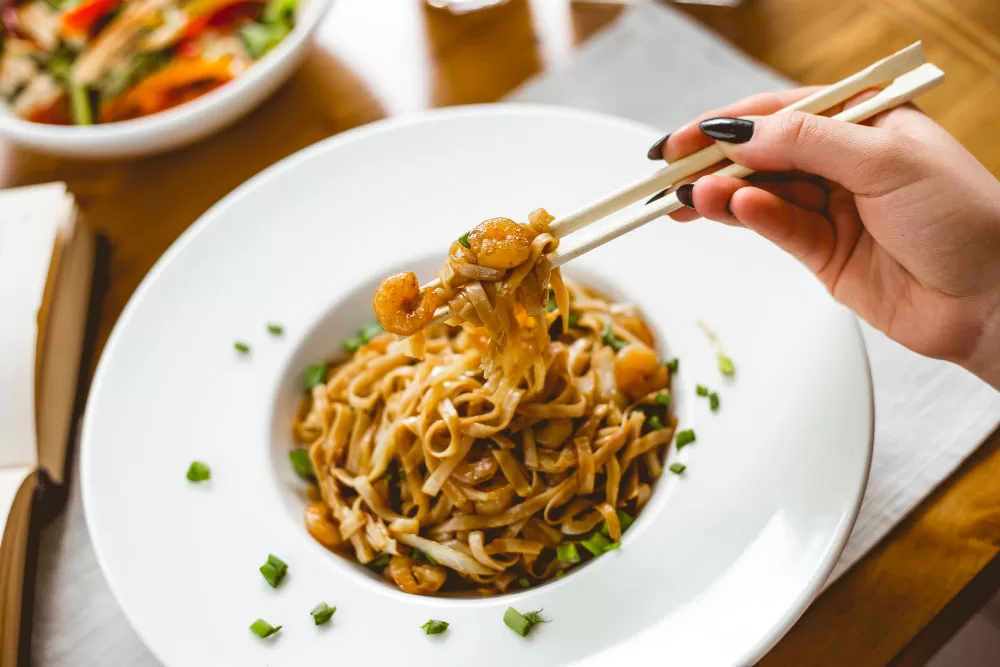
How to Get Involved in Global Celebration?
There are many ways to get involved and join the global celebration of World Pasta Day:
- Spread the word: Share the joy of pasta by posting about World Pasta Day on social media. Use the hashtag #WorldPastaDay to connect with others who are passionate about pasta.
- Try new recipes: Challenge yourself to explore different pasta recipes from around the world. Experiment with flavors, ingredients, and techniques to expand your culinary horizons.
- Support local pasta producers: Seek out locally-made pasta to support small businesses and reduce your carbon footprint. By purchasing pasta from local producers, you can contribute to the sustainability and growth of your community.
- Attend events and tastings: Stay updated on the official World Pasta Day program and participate in events and tastings happening in your area. Immerse yourself in the world of pasta and connect with fellow pasta enthusiasts.
Bottom Line
This unique day is a celebration of the global love for pasta and an opportunity to appreciate the rich cultural heritage and culinary diversity that pasta represents. From its humble beginnings to its widespread popularity today, pasta has truly become a unifying force that brings people together.
As we prepare to commemorate this special day, let us embrace the love for pasta and the joy it brings to our lives. Whether it’s through cooking, sharing recipes, or simply enjoying a delicious bowl of pasta, let’s celebrate the flavors, traditions, and memories that pasta has created throughout history.
Mark your calendars for October 25th, and join the global celebration of World Pasta Day. Together, we can savor the past, embrace the present, and shape the future of pasta. Buon appetito!
